What is Beet Kvass
The word Kvass in Russian means to ferment, and Russians have made beet kvass for hundreds of years as a sparkling and refreshing soft drink. You make kvass with beets, sugar, water, and a little piece of rye bread (more on that later). Also, it’s extremely important to note here, that Poland, Ukraine, Latvia, and other Eastern European countries all have their versions of kvass.
Slavic and Russian kvass drinks (notice I’m talking about beverages here) all use sugar, not salt. The fermentation process of kvass and the microbes involved are similar to kombucha, a yeast and acetic acid fermentation that requires sugar. So, the beverage kvass is not the same things as “lacto-fermented beets.” Kvass beverages are not traditionally made with salt, and definitely shouldn’t taste like salty dirt.
Kvass was traditionally made with grains, rye bread and honey, later evolving to include fruit and beet variations. Beets contain a lot of fermentable sugars, so using beets to make this lightly sweet, bubbly beverage, aligns perfectly with traditional and historically accurate kvass fermentation.


The Salty Version of Fermenting Beets
It’s common in other Slavic countries for people to ferment beets with salt and then cook it into cuisines, like borscht, a beet soup. Since kvass just means “to ferment” salt-fermented beets are also sometimes called kvass, or zakwas. However, there is a huge difference between the kvass destined for cooking and the kvass meant to be enjoyed as a effervescent beverage.
When you compare beets fermented with sugar and beets fermented with salt, there are stark differences in flavor, microbes, and fermentation byproducts. (To learn more about fermentation science you can join our online course!)
A lot of people say that Americans, unfortunately, culturally appropriated and popularized salty beet kvass as a full-on drink, when it’s not usually used as a drink.

Beet Kvass Benefits
Russians and Slavic people believe that beet kvass has healing powers, and I do too! It’s often called “the elixir of youth.”
It’s proven to help with blood pressure issues, to boost energy levels, support brain health, reduce inflammation, provide probiotics, balance gut health, provide electrolytes for mineral balance, cleanse toxins, and support healthy blood flow.
Since beet kvass is fermented, vitamins like folate (vitamin B9), manganese, potassium, iron, and vitamin C are more bioavailable. Fermentation also dramatically reduces the oxalates in beets, making it one of the most healthy ways to consume the benefits of beets.
Beet kvass is an excellent way for people with IBS to get the benefits of beets. Beets are a high FODMAP food, often problematic for people with IBS to digest.
Through the fermentation process, the microbes digest the FODMAPs, making it much easier for you to digest and absorb all the beneficial vitamins and minerals from beets.

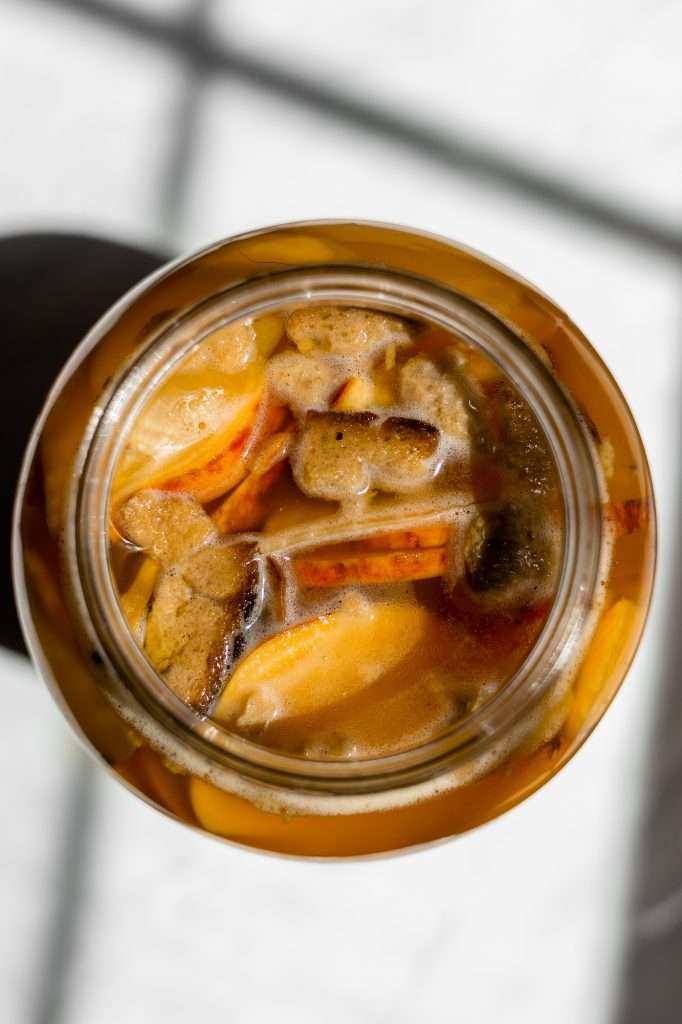
How Much Beet Kvass Should I Drink Per Day
Since most people’s first experience with drinking kvass is the salty kind, there is this bad reputation that it can cause digestive upset, so you should start with a tiny amount and adjust to it. (I’m rolling my eyes).
Beet kvass is not supposed to cause diarrhea, or as some people call it, “bowel cleansing.” LOL. Adverse effects from fermented foods and drinks are 99% of the time caused by someone not fermenting or producing it correctly.
When you make kvass for drinking, it should not cause any digestive distress. You should be able to drink a glass of kvass the same way you would drink a glass of kombucha, and it even tastes similar. I drink an 8-ounce glass at a time, usually once a day when I have some made. I love to drink it around 3 pm because it boosts my energy.
If you have kidney stones, bladder disease, gout, stomach ulcers, or rheumatoid arthritis, or if you are pregnant, you should consult your doctor before trying beet kvass.
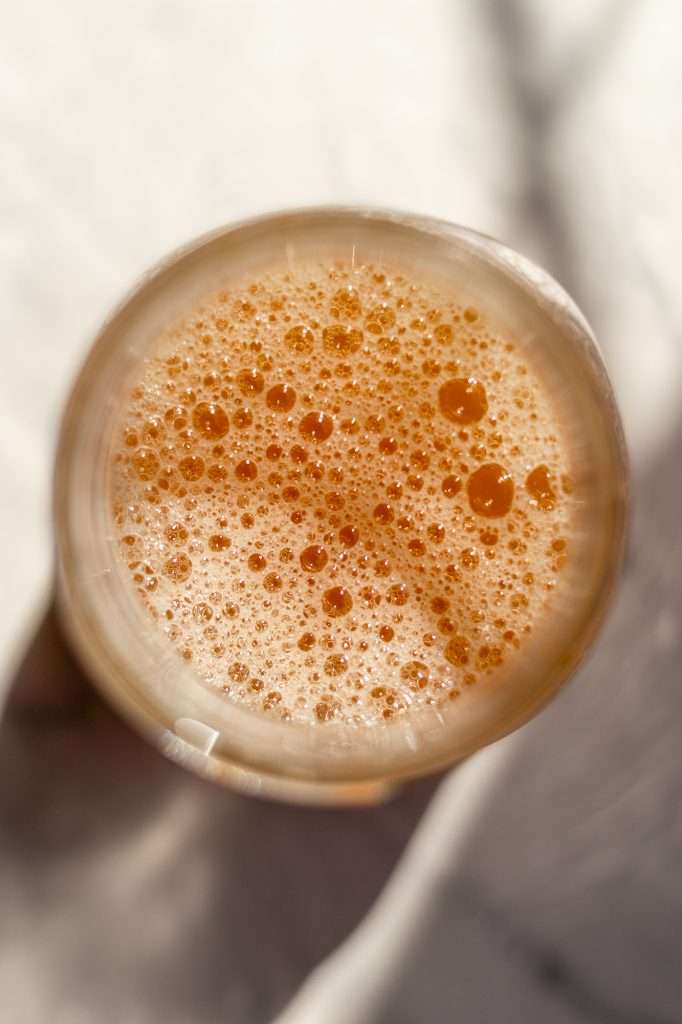
How to Make Beetroot Kvass
I am well versed in developing fermented vegetable recipes from scratch because I studied that process in college. But when it comes to cultural recipes I don’t have much experience with, I turn to recipes passed down by grandparents and great-grandparents to learn.
I think there are two ways to get fermentation right. The first is understanding the microorganisms and creating a recipe that caters to the natural physiology of the microbes. The second is historical and time-tested recipes passed down for generations within families, meant to be followed precisely.
I learned how to make kvass from a Russian food blogger, Peter. He grew up drinking beet kvass made by his dedushka (Russian grandfather). After learning from Peter’s blog, I developed my golden beet kvass recipe, with different ratios of ingredients and precise measurements. I also incorporated a secondary fermentation to carbonate it.
I want to add a note on the rye bread I mentioned earlier. It’s an optional ingredient, but Peter’s dedushka always added a piece of crusty rye bread, so I added it. I think it’s a good source of yeast and flavor.
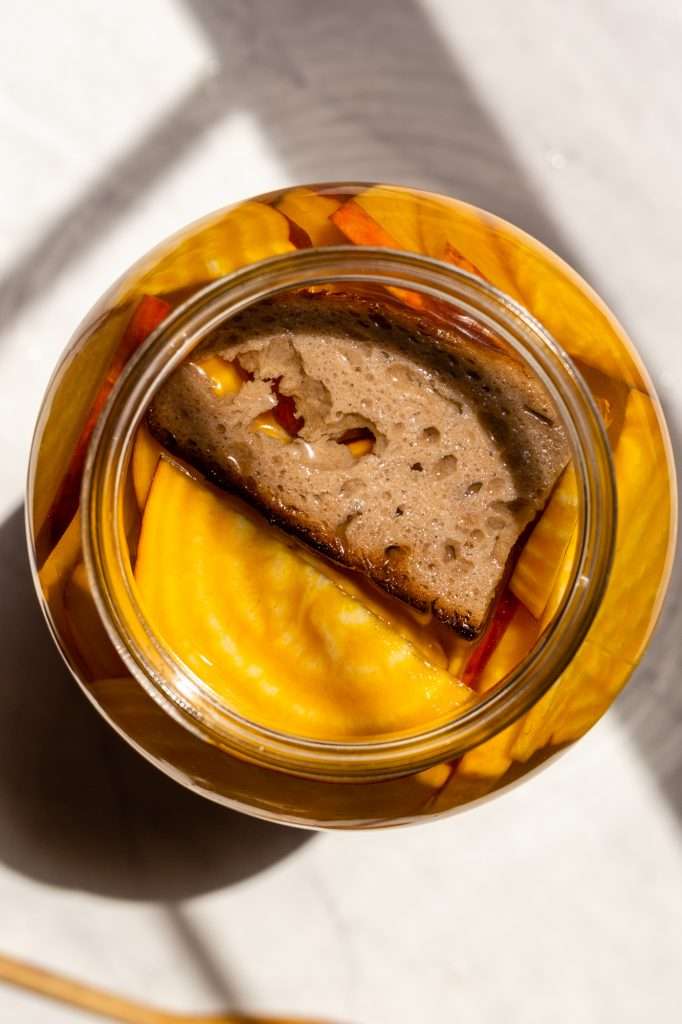
Golden Beet Kvass Recipe tips:
- Use a 1-gallon glass jar covered with a tight weave cloth.
- You should use homegrown or farm-fresh organic beets for the best results. Do not use frozen or processed chopped beets; use whole fresh beets with the peel.
- It’s ok to skip the rye bread, but it is a delicious addition.
- Do not use salt; it’s never been in the original beverage recipe.
- You can incorporate added yeast or a tablespoon of raw kombucha to ensure a robust fermentation.
- You need to stir the kvass twice daily with a clean spoon before it is bottled. IF YOU DO NOT STIR IT, YOU WILL ENCOUNTER PROBLEMS. DO NOT FORGET TO STIR IT.
- Always make sure you use pressure-safe bottles for part two.
- You can use the beets more than once, but the color will fade with each batch. I’d only use them twice.


Sparkling Golden Beet Kvass Made the Traditional Way
This golden beet kvass tastes good because it is made the traditional Russian way, with sugar! Beetroot kvass is a sweet and tart sparkling drink made from beets, sugar, water, and rye bread.
- Prep: 10 minutes
- Total Time: 144 hours 10 minutes
Ingredients
- 3 large gold beets, rinsed and sliced
- 150 grams organic cane sugar
- filtered water
- 1 small piece crusty rye bread
- Strained kvass from part 1
- 20 grams maple syrup or honey
Instructions
- Part One: Please see the recipe notes before you get started.
- Clean and sterilize your glass jar.
- Scrub any dirt off the beets and rinse clean with cool water. Slice the beets and set aside.
- Add the beets and sugar to the jar. Fill the jar with filtered water. Stir to combine until the sugar is completely dissolved.
- Add the small piece of rye bread (optional).
- Cover with a cloth lid, and allow to ferment for 3-4 days at room temperature (about 75° F).
- Stir the mixture twice a day with a clean utensil during the 3-4 days.
- You should see it begin to bubble within 24-48 hours. You’ll also notice the mixture become cloudy and vibrant in color.
- Part Two: After 3-4 days, strain and reserve the liquid from the fermented beet mixture. I suggest straining through a cheesecloth-lined colander.
- Using a funnel, add 20 grams of organic maple syrup to your pressure-safe bottle. I used a 1-liter bottle. (tip: For higher levels of carbonation, try using 30 grams of honey instead)
- Fill the bottle with the strained fermented liquid from part one, leaving only a little head space, about 1/2 an inch.
- Allow it to ferment and carbonate in the bottle for 2-3 days, then store it in the fridge. You can check the carbonation at 2 days by carefully opening the bottle in the sink. If it is not as bubbly as you would like it, allow it to ferment at room temperature longer without opening the bottle.
- Enjoy chilled.
Notes
- Optional: you can add 1/4 teaspoon cider yeast or a tablespoon of kombucha to part one, this results in the best carbonation.
- If it is cold in your home, parts one and two may take longer. Once the mixture in part one becomes cloudy, vibrant, and bubbly, and ferments like that for about 24-48 hours, you can move on to part two.
- The level of carbonation is dependent on how long the mixture was fermented in part one, the temperature in your home, and how long you leave it in part two.
- You may notice the liquid becomes thicker and slightly viscous in part one, this is completely normal and the natural state of beet kvass. The viscosity will decrease the longer it is bottled and stored in the fridge.
- yes, you can use red beets instead of gold.





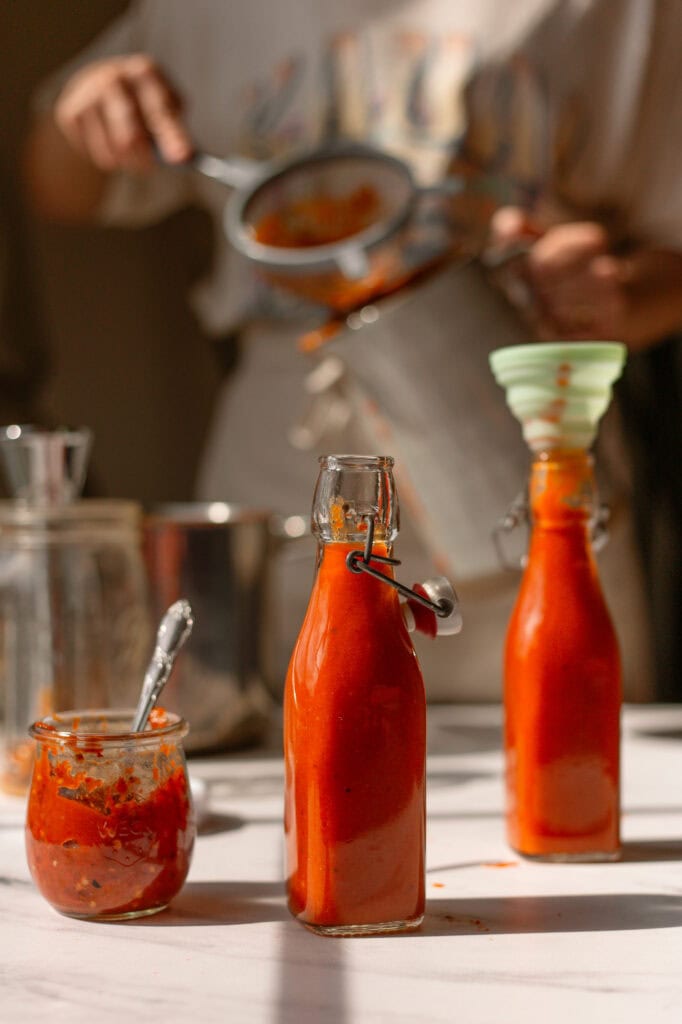





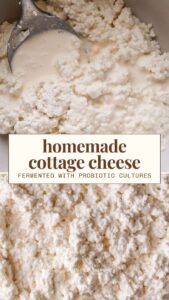

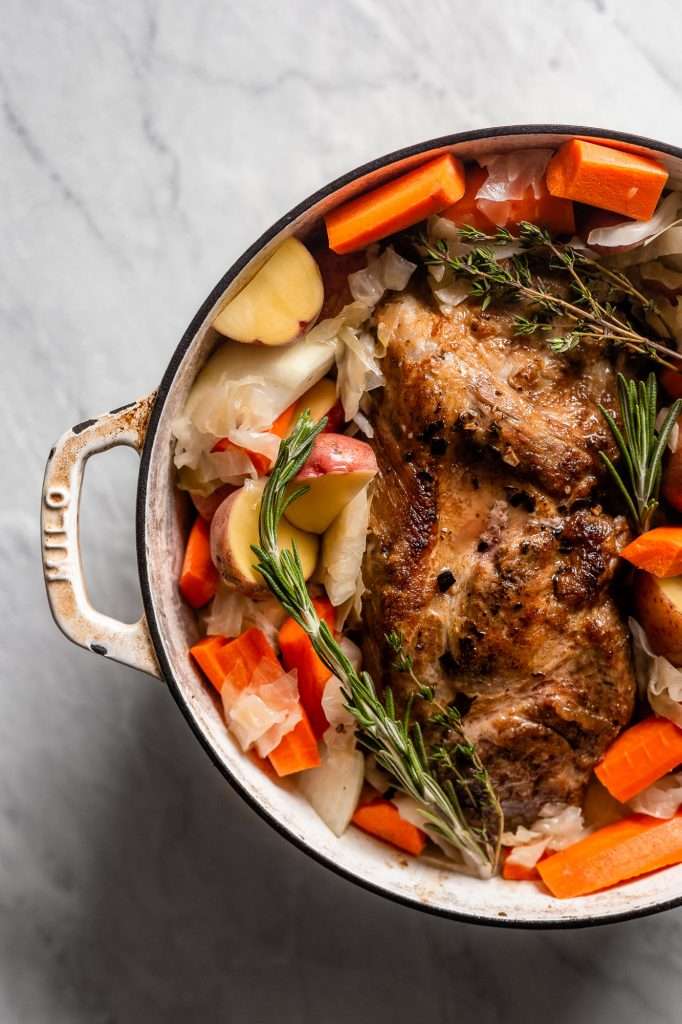
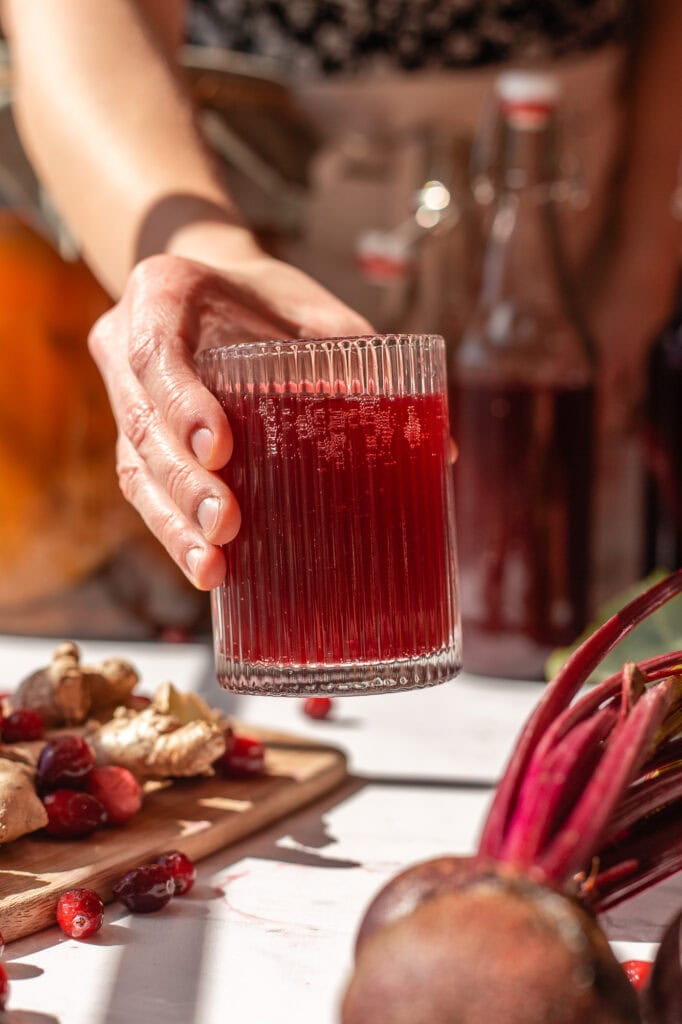
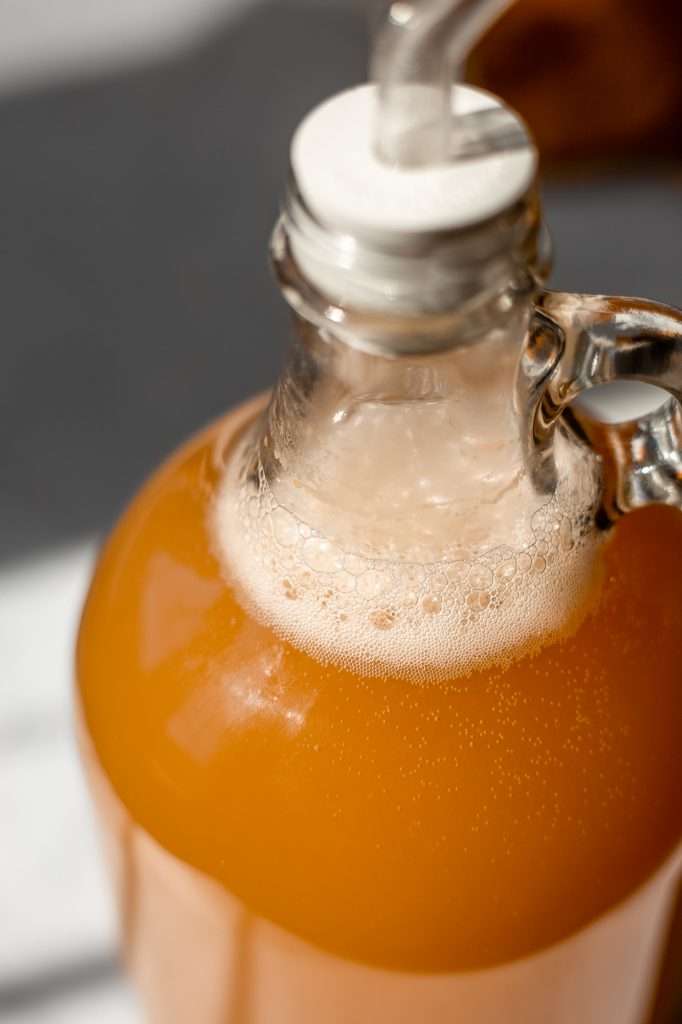
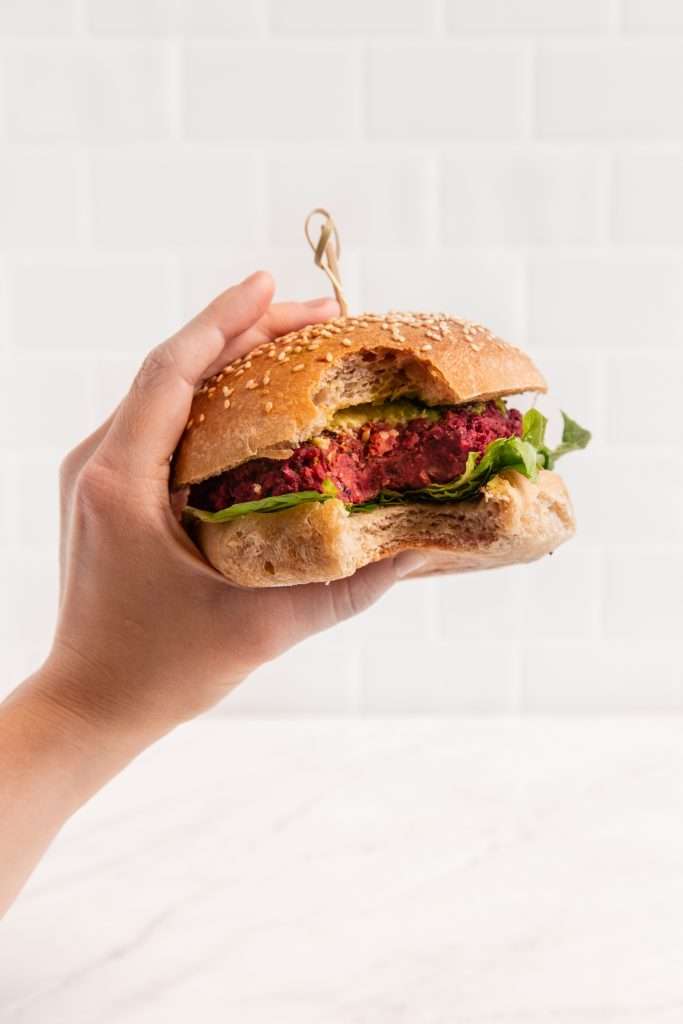


do you use 20g of maple syrup per bottle, or divided amongst the bottles for the second ferment?
It’s per bottle. I used a 1-liter bottle. So it’s about 20 grams of maple syrup per liter.
Reading this explains a lot, and I am laughing at it! I followed an instagrammer who is health concious and she made red beet kvass with salt. She shared the recipe and so I made this. It was pretty undrinkable. My husband made fun of me lol! your post explains a lot. Thank you
Is it alright and safe to replace honey with maple syrup?
you can use honey or maple syrup. both work really well.
Is it supposed to be thick like syrup after the first ferment? What did I do wrong?
Yes, that’s normal, you can leave it in the first ferment a little longer. It will thin out. It’s just all the sugars being released from the beets.
Hi, this has happenef to me, too. I put on a batch of golden beet kvass Monday night. It became very viscous by Wednesday. It’s Saturday morning and the kvass is bubbly but still viscous. I didn’t use Rye bread but I put a little more kombucha in it that the recipe calls for. It’s OK? Thx!
Yeah, it’s fine! Viscosity is totally normal. It’s just the sugary, starchy nature of beets, especially in-season fall and winter beets.
Hola, muy buen posteo!! Se podría usar kefir en lugar de kombucha para la primera fermentación?
yes!
Is there supposed to be a foamy head in my one jar? Did I do something wrong?
I made 3 jars and the other ones don’t have this.
It should be bubbly and look similar to the photos above in the blog post. Sometimes bubbles can look foamy. Just make sure you’re stirring it every day during part one.
I stirred daily and had foam. I noticed today (day 4) that the beets poking out of the foam had gone off looking above the liquid. Is this the problems you were referring to? 😬❤️
no. Foam/foamy bubbles are normal. The beets change color as they ferment. The beets lose their color and the liquid should become more colorful.
First batch with red beets turned out great! Second batch reusing the same beets is also good but less beets flavor. It got started Fermenting faster – seems like the beets were starters. I added some kombucha but no bread. Do you know of an instrument to measure the sugar content as well as acidity? Thanks for a great site – glad I found it🌼🌼🌼
Hi there!
you can measure the acidity with a pH strip. I’m not sure how to measure the remaining sugars after fermentation.
I’ve used a refractometer to get a basic idea of sugar content when making water kefir. But alcohol can make readings higher than the actual sugar content. I have never gone down this rabbit hole, but I understand you can find formulae to correct for that on brewing web sites (which may also suggest using a hydrometer in addition).
So easy to make and tasty to drink! I love how this method of consuming beets reduces the oxalate load.
I subbed agave nectar for the syrup and it turned out pretty good!
I’m not sure if it’s because it’s getting cooler where I’m at or what but it still wasn’t very fizzy after 2 days in bottles.
This was my first cultured guru/fermentation recipe trial thought, so I may have had unrealistic expectations of how fizzy it would get.
Good flavor though!
yes, colder temperatures make fermentation happen slower! You can also reduce the time you primarily ferment it to make it fizzier after bottling.
My new favorite way to use up beets from my garden! It’s been cool in my house, so I thought it wasn’t carbonating in the second part, but I decided to be patient and just left it alone without opening for 5 days and it’s lovely. It doesn’t explode when I open it, but when I pour it in a glass, it’s lovely and fizzy like a soda.
I made some recently and it never really got carbonated, only a touch but it’s also very cloudy and pretty thick (it has thinned off a bit though). I did use honey instead of sugar but the same measurements. What could be the issue?
(P.S. it’s still delish, I’ve just added some sparkling water to it to help with the bubbliness in the meantime 🙂
Nothing is wrong with it, the fructans in beets make it naturally thicker, and it thins out as it ferments more. You can adjust the fermentation times to suit the temperature in your home. That will help with carbonation like a shorter primary fermentation or longer secondary fermentation will make it bubblier.
Hello!
Can I substitute maple with raw honey?
yep!
I made a batch of kvass and it was delicious! Now I’m making a new batch and I’m on day 2 and there are white flecks on top of the liquid. Is this normal? It smells great lol
Are you stirring it daily? it might just be the wild yeast growing.
Ok, thanks for your reply! And yes I’m stirring it 2x a day
I’ve fermented enough to recognize when I’ve had a bad ferment but making the kvass is new to me
A white film that looks like mold formed on top of the kvass on day 3. It doesnt look at all like bubbles, probably I didnt stir it enough or it’s too warm in my house. Is it safe to drink the kvass if I take out the film and then stir it?
Ok, thanks for your reply! And yes I’m stirring it 2x a day
Love this recipe! I have a question about using the spent beets- the first time I made this recipe I peeled and julienned the spent beets and made borscht, which turned out great (I had used purple beets). Do you think the spent beets would also just store in the fridge in some of the leftover fermentation liquid after I’ve strained enough out to bottle? Then they could be shredded into salads or something?
I’ve never tried it, but I think that it could work! Glad you love the recipe 🙂
Dear Kaitlynn How much alcohol is in this please? I abstain so would need to avoid if it is alcoholic. I suppose it’s a yeast fermentation as not using salt to select for the growth of lactobacilli? Also you say the rye bread is a source of yeast, but as it’s been cooked aren’t they all dead? Thanks in anticipation of your answers
There is some alcohol in beet kvass, not much- between 0.5 and 2%, but it varies depending on the beets used and what season (bc spring beets have more sugar). The rye bread adds more simple carbs that help the wild yeast from the beets grow.
Quick (maybe silly) question about the size of the beets. Can you give a rough estimate for how much a “large” beet weighs, or a diameter? I have some smallish beets but size is kind of subjective haha. I’m pretty new to fermenting so I want to make sure I get the ratio right and am stuck on how many of my (to my eyes) small red beets might add up to three large beets. Also, I have celiac so cannot use any bread. Is it okay to add some store bought flavored (with juice) kombucha or should I skip it altogether and just do sugar, beets and water? Thank you! I’m really excited to try. I have only had the “kvass” sold in stores and it does indeed taste like salty dirt. Not a fan.
The large beets I used were about 300 grams each. Recipes like this do not need to be as precise as vegetable fermentation recipes because it’s a completely different process. The bread is not a necessary ingredient so you can leave it out.
Hello! Is it possible to consume after the first ferment only?
yes!
Is it okay to let me 3 year old drink this? I saw there is a small amount of alcohol present. We have been making the salted version of kvass and enjoying it, but I am interested in making this traditional version instead. Thank you!
I wouldn’t give it to children. Some beets are way higher in sugar than others because of the season they are grown, so it’s too variable.
I haven’t tried a recipe from you that I didn’t like, but this one I love in particular! Easy to make, great taste and it gives me such a nice energy boost in these rainy days. We grow red beets and 1-2 times a week I make a small batch with one small beet, that works for me because I can make it in three minutes and don’t have to store it (I tend to forget about fermentation projects in my fridge..). I also love to add fresh ginger (and kurkuma) for extra flavour. Thanks for the clear recipe Kaitlynn, greetings from The Netherlands.
Having been making Kvass the butchered salted way for YEARS NOW and wondering a bit why no one else in my family would join me in downing the sludgy salty beety drink ahhaahh, I’m mind blown, but also not surprised, given what colonization has done to so many food lineages. Do you have a recipe for the salted beets destined for borscht? I’ve already made a salty batch with some golden beets.
I do not, but check https://petersfoodadventures.com He might have a recipe.
Hi!! So I’m currently on my second ferment and haven’t come across any issues. However, the color never got vibrant it’s a murky tan color at best. I used local/organic golden beets and left the skin on. I am not super concerned, but just checking to make sure It will be good to drink. Thanks!
The color will vary depending on the beets, the season the beets are grown, and their individual microbiome. So no cause for concern. If it smells great, and you take a sip and it tastes good, then it’s good to drink 🙂
Since I added rye bread, the bread has become soggy and fallen apart amongst the beets. If I was to make a second batch from the same beets, will the soggy bread remains promote mould? Should I rinse the beets? Should I add a second slice for my second batch? Many thanks.
It’s bread in liquid, so it’s supposed to get soggy. It will not cause mold if you make a second batch and follow the same directions with stirring. You can rinse the beets if you want.
I followed your recipe . After part one, I poured through a cheese cloth and added some honey and bottled. that there is no continuation of fermenting and there is a film of white almost sheer little blotches after the first day. Is that normal? Safe ? Do I mix it ? Wish I could show you a photo.
Is the acidity in the kvaas alkalining? Like lemon is is alkalining even though it’s sour. I’m loving it. I’m just double checking because it says its benefits are anti inflammatory and cleansing and balancing. Mine is pretty sour until I add honey or maple syrup. I’ve been putting it by the heat source in the kitchen so it gets ready sometimes at quick as 24 hours. Please let me know about the alkalinity even though a strip showed it’s very acidic.
I don’t know what “alkalining” foods are, and I’ve never heard of that, so unsure.
I keep a whole wheat sourdough starter. Do you know if I added a bit to this recipe vs the rye bread (since I don’t have that on hand), would that be ok or adversely impact the fermentation and flavor?
you should not add raw sourdough starter to this recipe. Fully cooked bread only.
Hi,
Can I safely half the recipe? I have about 450 grams of organic red beets and I prefer to start with a smaller batch in case I mess it up.
Thank you in advance for your help!
yeah you can cut all the ingredients in half for a half batch.
Amazing recipe. I have been drinking it daily and my family and friends love it when I share. It’s a great way to share something healthy and celebratory. When that bottle pops itd like natures champagne.
Just out of curiosity, what happens if you don’t stir?
without stirring it will likely become moldy and/or might not carbonate well when you bottle it.
Hi! Any suggestions on what to do with the beets after fermentation? Can they be eaten in recipes afterwards? Like in soup as mentioned above?
I’ve only ever used them to make a second batch or I throw them in my compost.
So good!!
Thanks for sharing this recipe! I’ve made it with salt and tried to reduce salt content by reducing amount of salt in solution with subsequent generations (e.g. 1st generation would be 2% brine, 2nd would be kvass + 1% brine, etc.). Could get it to the point it was reasonably palatable but looking forward to trying this method.
While following this it occurs to me that this recipe has a lot in common with kombucha and also maybe wine making?
I started a batch with coconut sugar because I didn’t have any cane sugar on hand – do you have a sense how that would affect ferment? I also didn’t have any rye or kombucha on hand, so used mashed up organic grapes instead (figuring the yeast on their skins will help kick off fermentation).
It has a lot in common with kombucha, ginger bugs, and wild fermented wine! I think coconut sugar will work great. It’s super high in fructan so it will ferment wonderfully.
Hi. I’m making this currently. I just bottled it after the first ferment for 3 days. On the second day it was bubbly over the whole surface and on the third day the bubbles decreased a little. It also smells kinda funky. Any tips on what it’s supposed to smell like after the first ferment?
should smell sweet and earthy, like beets, and then kind of pleasantly sour, like sour beer.
Thank you for sharing this and for explaining abt the salty kvass! I’ve first encountered kvass in Latvia and I was so confused when I looked up recipes and everything was salty. By now I’ve made variations of this recipe many times, and it turns out best when I stick closely to your suggested proportions ^^
Can I use organic bread flour- sourdough instead of rye?
yes! Any organic sourdough bread will work great.
How did you know it would be first.
As in first on google? I likely rank first for this search term because of my quality of writing, referencing historically accurate recipes, unique perspective, and overall EEAT.
My Ukrainian sis-in-law said she loved drinking kvass as a child, so I tried making some but only found the salt versions online… so gross. This recipe makes much more sense! I grew sugar beets this year so I’m going to try a batch using those.
Hi there : )
should i be putting this in a cupboard to ferment or is it okay to have it out on the bench in the light?
It can be on the counter, as long as it’s not in direct sunlight for a long time.